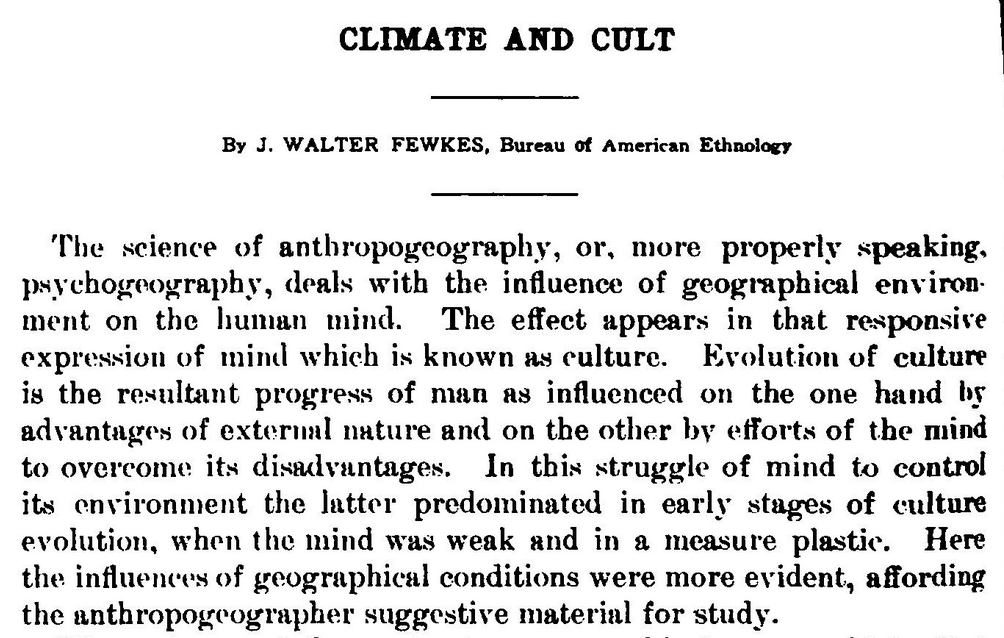The Left Bank
From Don to Danestone
Aberdeen, Scotland
WORK IN PROGRESS - DRAFT VERSION 0.3
Suburbanisation

Local radio in the 1980s said that the Bridge of Don was the biggest suburb in Europe. Driven by factors such as increased household wealth due to the oil boom, the advent of personal cars, post war housing policies, and the desire for a more peaceful, spacious, living environment suburban communities developed rapidly with the promise of detached single-family homes, expansive lawns, and a sense of community.
Danestone is part of the Bridge of Don suburbanation developed in the mid 1980's when the arable land of Danestone Farm was sold to provide space for a new primary school and various types of detatched and semi-detatched houses and bungalows.
Lack of local amenieties, car dependancy, aging population, low density high environmental impact TBD
Boundaries

The River Don (Abhainn Dheathain) rises in the peat flats (Druim na Feithe) beneath the Grampian Mountains (Am Monadh). The Don follows a circuitous route eastwards before entering the North Sea just north of Old Aberdeen. In 1750 the Don's lower reaches were channelled towards the sea, moving its confluence with the sea northwards. The river was recorded by the 2nd century CE cosmographer Ptolemy of Alexandria as Devona (Δηουανα , meaning goddess), an indication the river was once a sacred one.
The Left Bank has long held importance. In 1305 the Brig'o'Balgownie allowed access across the river to the fertile farmland of the northern flood plain.TBD...
Psychogeography

The term psychogeography, 'the influence on geographical environment on the human mind', seems to have first been mentioned in 1904 by an American ethnographer J. Walter Fewkes in his paper 'Climate and Cult' for the 8th International Geographic Congress, as discussed by Murdo Eason in his book From Hill to Sea.
Subsequently the term was revived by the French groups Letterist International and its successor Situationist International.
As quoted in Merlin Coverley's book Psychogeography -
The word psychogeography, suggested by an illiterate Kabyle as a general term for the phenomena a few of us were investigating around the summer of 1953, is not too inappropriate. Guy Debord, Introduction to a Critique of Urban Geography
The illiterate Kabyle was one Abdelhafid Khattib an Algerian who had been disuaded from his intellectual, investigative, explorations of Les Halles by the Paris police. Andrea Gibbons article Race and Space provides an alternative gaze on the movements participants. The article includes a translation of Michèle Bernstein’s writings highlighting how the Situationists’ pursuits could have included an awareness of the effects of colonialism but did not.
Drifts

The dérive, or drift, was defined by the situationists as the ‘technique of locomotion without a goal’, in which ‘one or more persons during a certain period drop their usual motives for movement and action, their relations, their work and leisure activities, and let themselves be drawn by the attractions of the terrain and the encounters they find there’. Guy Debord
List Of Drifts
The research drifts have been documented as a diary of the area explorations.
Détournements

Détournement is the opposite of quotation, of appealing to a theoretical authority that is inevitably tainted by the very fact that it has become a quotation — a fragment torn from its own context and development, and ultimately from the general framework of its period and from the particular option (appropriate or erroneous) that it represented within that framework. Guy Debord - The Society of the Spectacle
List Of Détournements
The materials gathered during the drifts are manipulated and represented to form work.
- The Subverted Suburb - Colour Maps
- Don Wash - Chaotic Paintings
- The Ritual - Symbolic Journeys
Research
Final Work

The project is ongoing.
Some finished pieces of work will be on view in October 2024
